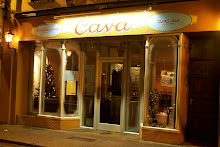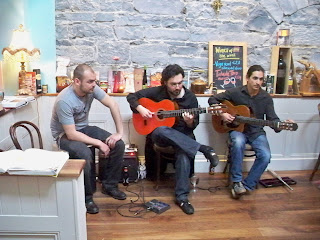Gazpacho has ancient roots. There are a number of theories of its origin, including as an Arab soup of bread, olive oil, water and garlic that arrived in Spain with the Moors, or via the Romans with the addition of vinegar.
Once in Spain it became a part of Andalusian cuisine, particularly Seville, using stale bread, garlic, olive oil, salt, and vinegar, similar to ajoblanco.
Gazpacho remained popular with field hands as a way to cool off during the summer and to use available ingredients such as fresh vegetables and stale bread.
There are many modern variations of gazpacho, often in different colors and omitting the tomatoes and bread in favor of avocados, cucumbers, parsley, watermelon, grapes, meat stock, seafood, and other ingredients, such as strawberries or beetroot.
Gazpacho has become an almost generic term for chilled vegetable soup.
In Andalusia, most gazpacho recipes typically include stale bread, tomato, cucumber, bell pepper, garlic, olive oil, wine vinegar, and salt. Some may also include onion.
The following is Cava's method of preparing gazpacho:
- Wash 10 vine tomatoes, 1 cucumber, 1 red and 1 green pepper.
- Peel 2 cloves of garlic and 1 onion, and take half the skin of the cucumber.
- Put all the vegetables into food processor.
- Soak 200g of stale bread with 100ml olive oil and 50ml of sherry vinegar.
- Add chilled water until you get a smooth soup-like consistency.
- Add salt and pepper to taste.
- Chill soup overnight and serve cold the next day.
Gazpacho, along with tortilla and Serrano ham are three of the most traditional tapas available in Cava.

















